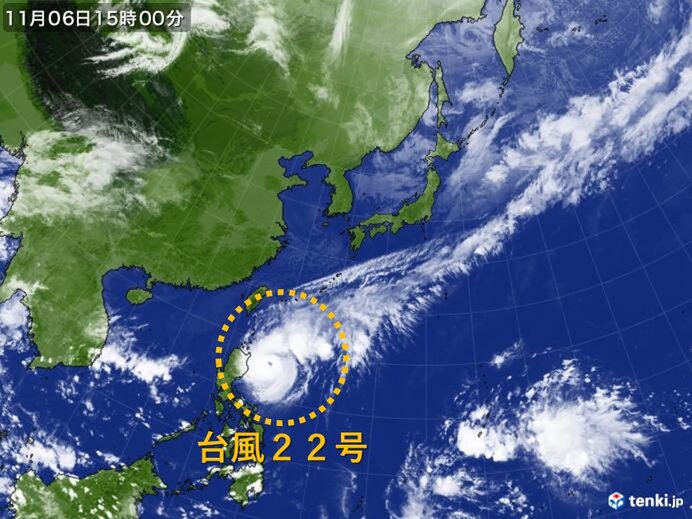Japan is getting ready to face Typhoon No.22, forecasted to escalate into a highly powerful storm. Weather officials are closely monitoring the typhoon's progression, warning residents of potential heavy rainfall, strong winds, and high waves in certain areas. Guidelines for typhoon preparedness are being disseminated, urging the citizens to evacuate early, minimize outdoor activity, and ensure safety measures.
In Japan, typhoons are a significant part of the weather pattern. People tend to respond quickly to typhoon warnings, and there is a strong emphasis on disaster preparedness. Public safety measures include early cancellation of school and work, efficient evacuation plans, and frequently updated public advisories. It touches upon societal values of disaster readiness, community welfare, and respect for nature's power.
In the U.S or EU, handling of similar weather events, like hurricanes, would show similarities with precautions and public advisories. However, Japan's building codes are stricter due to high frequency of typhoons and earthquakes, something not as common in the US or EU. Dissemination of information might also be more uniform and efficient in Japan because of the country's homogeneous societal norms.

